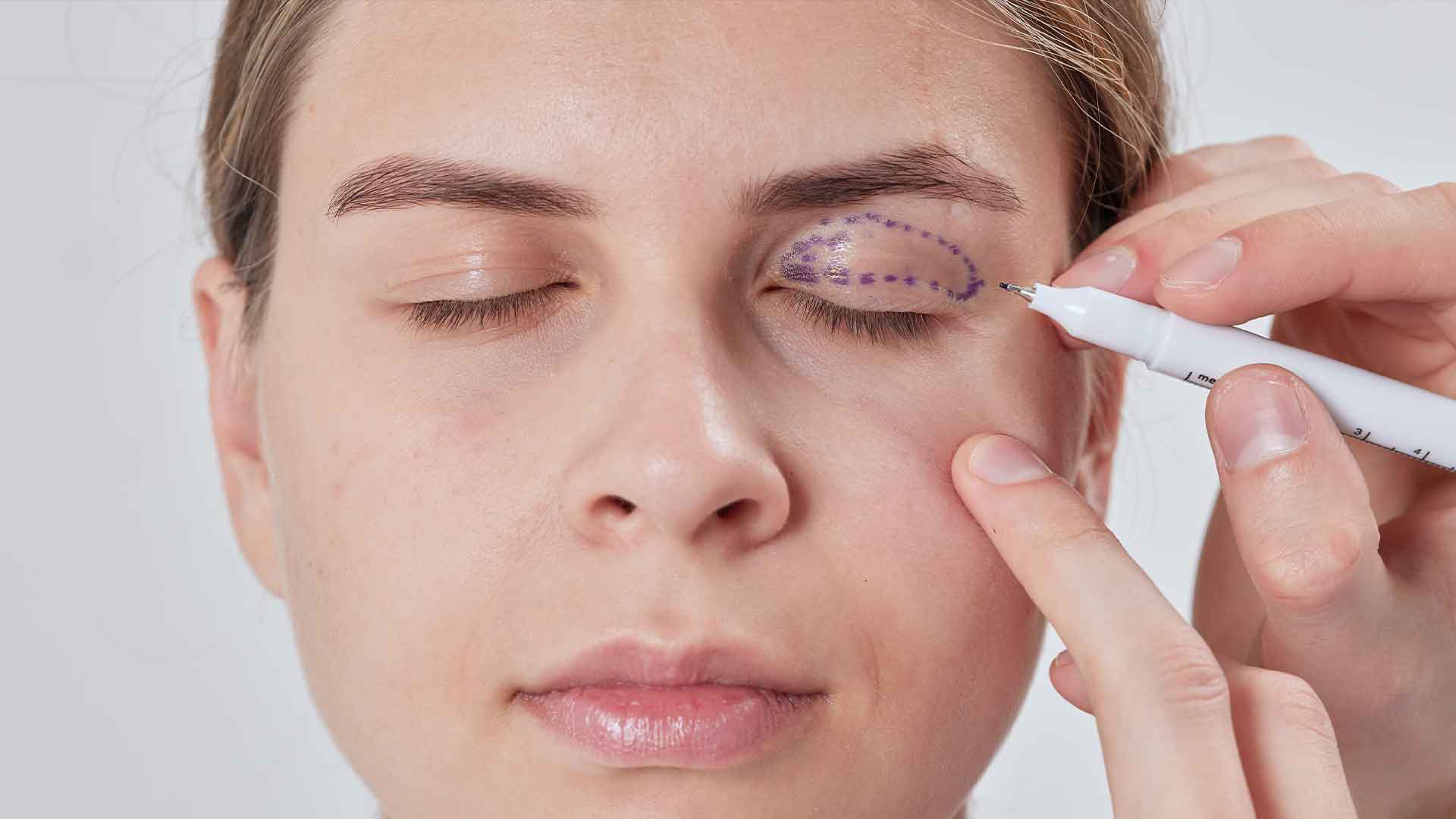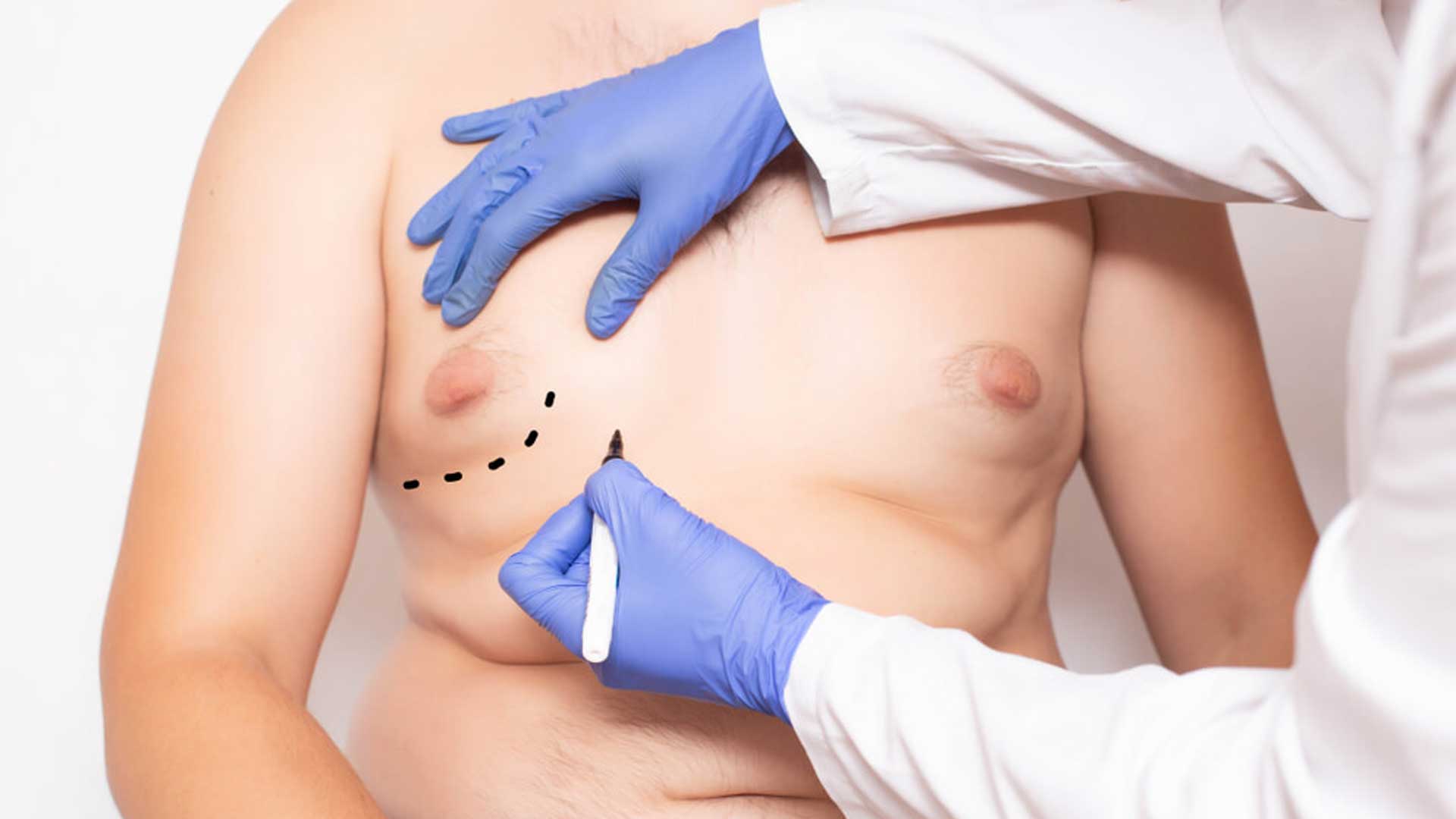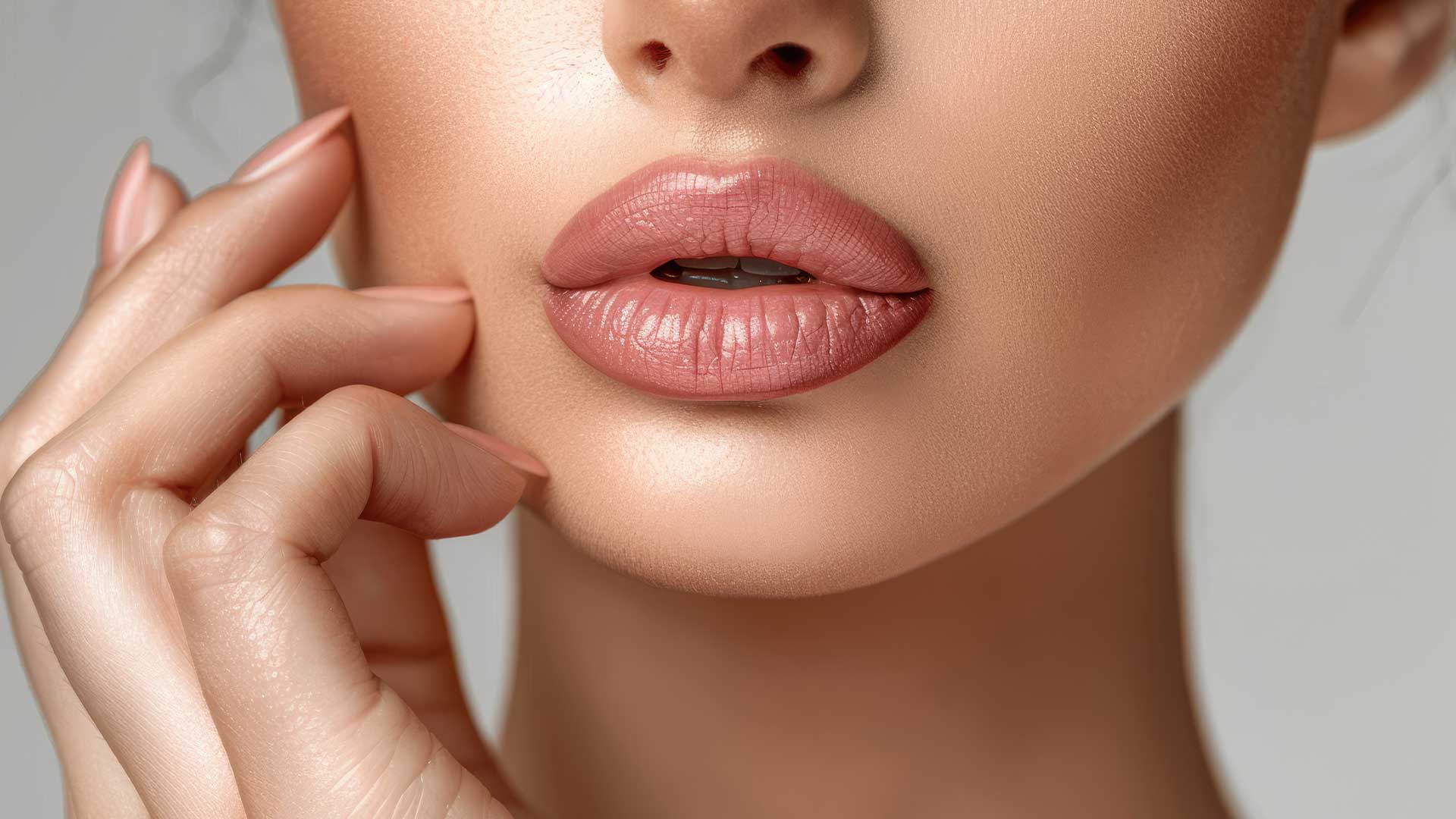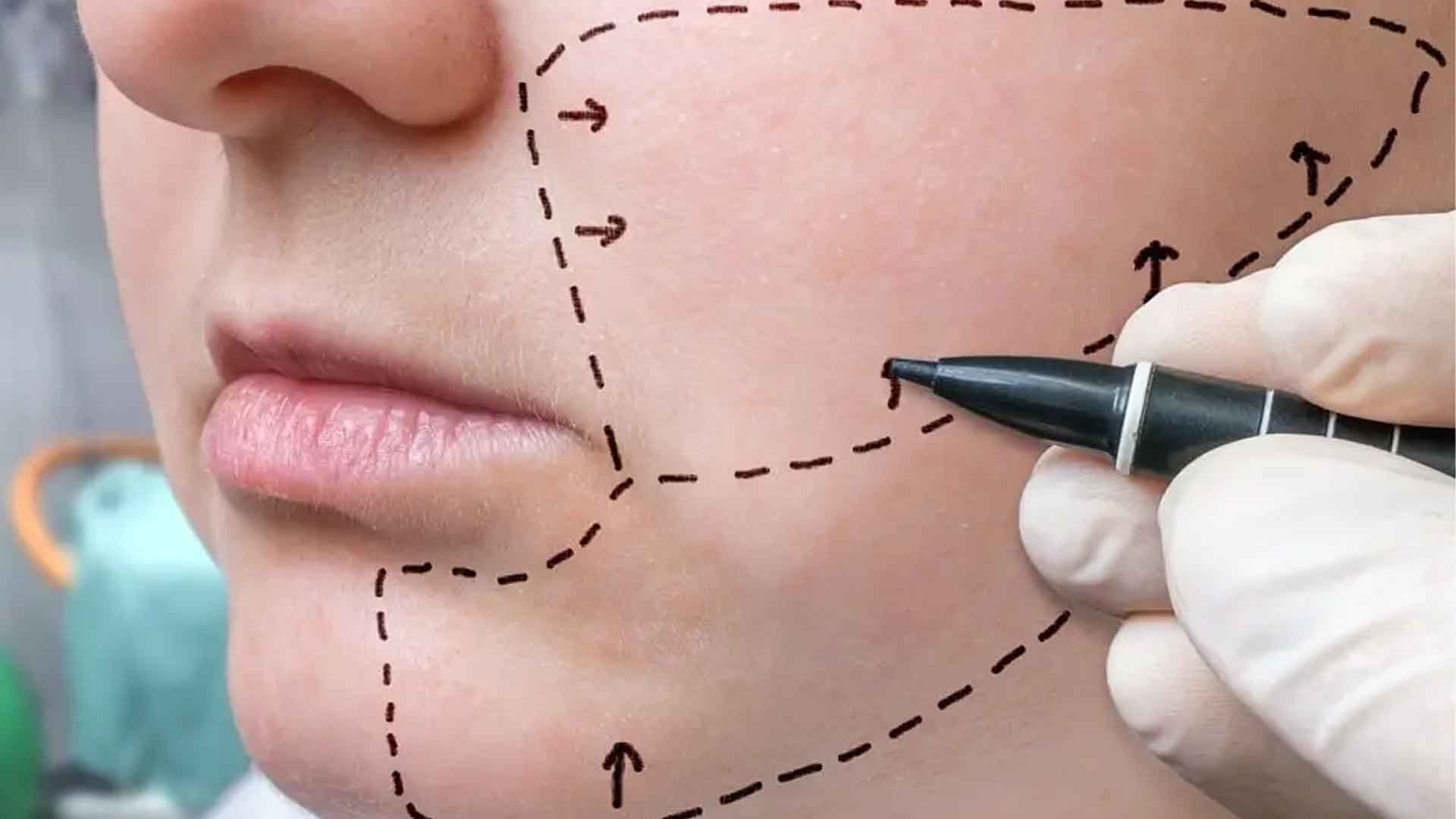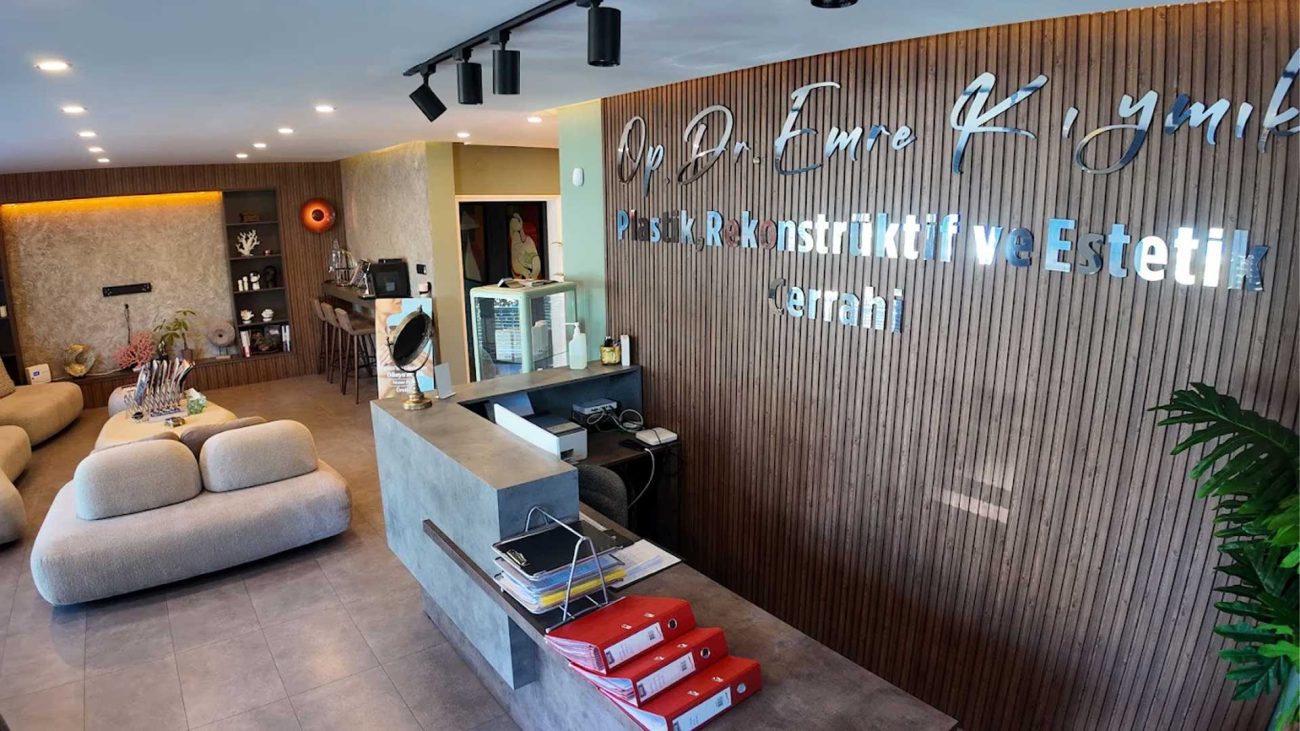Eyelid surgery (blepharoplasty) is a cosmetic procedure that involves the surgical removal of excess skin, fat, and muscle tissue from the upper or lower eyelids. This surgery is typically sought in the early stages of facial aging, usually between the ages of 30 and 45. It aims to correct eyelid drooping and puffiness caused by aging or genetic factors, providing a more youthful and refreshed appearance around the eyes. Additionally, if excess upper eyelid skin obstructs vision, this cosmetic procedure can also offer functional benefits.
Upper Eyelid Surgery
Upper eyelid surgery (upper blepharoplasty) involves removing the sagging excess skin beneath the brow to achieve a more refreshed and alert appearance. With aging, the skin elasticity of the upper eyelid decreases; the loose skin can cover the lash line, making it harder to open the eyes and creating a tired look. Repeated facial expressions, thinning skin, and connective tissue laxity also contribute to upper eyelid sagging. In upper eyelid surgery, an incision is typically made along the natural eyelid crease, and excess skin, fat, or muscle tissue is removed before closing with fine sutures. The procedure is usually performed under local anesthesia, allowing the patient to return home the same day. The result is a younger, more dynamic appearance around the eyes, free from a fatigued expression.
-
Suitable Candidates: Healthy middle-aged individuals who experience a tired appearance due to eyelid drooping or excess skin are ideal candidates for the procedure.
Lower Eyelid Surgery
Lower eyelid surgery (lower blepharoplasty) is aimed at removing under-eye bags and tightening sagging skin. As aging progresses, the skin of the lower eyelid loosens, and the underlying fat may herniate, resulting in under-eye bags that give the face a tired and fatigued appearance. In lower eyelid surgery, a small incision is typically made just below the lash line to remove excess fat and skin. If necessary, the eyelid muscles are supported to lift the lower lid and eliminate under-eye bags. In some techniques, the incision can also be made on the inner surface of the eyelid (transconjunctival approach).
-
Suitable Candidates: Healthy individuals over middle age who are concerned about under-eye bags and sagging are ideal candidates for the procedure.
Aging and Under-Eye Bags
The need for eyelid surgery is most often caused by age-related changes. The main contributing factors are:
-
Upper eyelid drooping: With age, the elasticity of the upper eyelid decreases, and excess skin begins to sag; when this skin extends over the lash line, it can obstruct vision.
-
Under-eye bags: The fat pads in the lower eyelid loosen and protrude forward, forming under-eye bags, which give the face a tired appearance.
-
Brow drooping: Sagging in the forehead and brow area can increase the amount of tissue on the upper eyelid, contributing to the problem.
-
Other factors: Prolonged sun exposure, genetic predisposition, or smoking can also negatively affect the appearance of the eyelids.
These effects can cause cosmetic concerns and, over time, may impair vision. Blepharoplasty surgically addresses these issues, improving both appearance and function.
Surgical Procedure
The procedure generally involves the following steps:
-
Anesthesia: The procedure is usually performed under local anesthesia; in some cases, sedation or general anesthesia may be used.
-
Preoperative Preparation: Before surgery, blood-thinning medications should be discontinued, and any existing issues such as dry eyes or allergies should be reported to the doctor.
-
Surgery Duration: Upper eyelid surgery typically takes 30–45 minutes, while lower eyelid surgery usually lasts about 1–1.5 hours.
-
Incisions: In the upper eyelid, the incision is made along the natural crease, while in the lower eyelid, it is typically made just below the lash line or on the inner surface of the eyelid.
-
Tissue Removal: Through the incision, excess skin, fat, and, if necessary, lax muscle tissue are removed. In the lower eyelid, fat pads are either completely removed or repositioned, and muscles are tightened if needed.
-
Concurrent Procedures: If needed, additional cosmetic procedures such as brow lift or facelift can be performed during the same session.
-
Suturing: Incisions are closed with fine, microscopic sutures, which are usually removed 5–7 days after surgery.
Recovery Period
Recovery generally progresses as follows:
-
First 48 Hours: Swelling and bruising around the eyelids are normal. Keeping the head elevated while resting and applying cold compresses intermittently helps reduce swelling.
-
Showering and Hygiene: Hair and face can be washed three days after surgery; direct contact with water should be avoided on the day of the procedure.
-
Daily Activities: Most patients can resume their daily activities within three days after surgery. Generally, returning to social life is possible within 3–7 days.
-
One Week: Sutures are usually removed 5–7 days after surgery. During this period, mild burning or discomfort may occur and can be managed with painkillers as recommended by your doctor.
-
First Month: Bruising and swelling significantly decrease, and the appearance around the eyes returns to normal. Most of the healing is completed within approximately one month.
-
Full Recovery: In the upper eyelid, suture marks may take 2–3 months to fully fade. In the lower eyelid, surgical scars usually become inconspicuous after about 2 months. Overall, it may take approximately 3 months for the tissues to fully settle and the final appearance to be achieved.
-
Recovery Process: Typically, bruising and swelling decrease within 7–14 days after surgery; patients can usually return to social activities within one week, while full recovery takes approximately three months.
-
Recommendations: During the first week, avoid strenuous exercise, swimming, and sauna use; maintain proper hygiene and stay well hydrated. Wearing sunglasses is recommended to protect the eyes from sunlight.
Results and Expectations
-
Aesthetic and Functional Benefits: Blepharoplasty not only rejuvenates the area around the eyes but can also improve vision if eyelid drooping is present. It eliminates the tired appearance caused by sagging, resulting in a more refreshed and alert look.
-
Elimination of Tired Appearance: Sagging eyelids can make the face look fatigued; blepharoplasty addresses this issue. After surgery, the area around the eyes appears more refreshed and dynamic.
-
Refreshed and Alert Appearance: After surgery, the area around the eyes looks more youthful and rejuvenated, making the eyes appear more open and energetic.
-
Long-Lasting Effect: The results of blepharoplasty are generally permanent, often lasting over ten years. However, over time, brow drooping or the development of new under-eye bags may reduce its effect, in which case additional procedures may be needed.
-
Quick Recovery: Most patients can resume daily activities within 3–7 days. Significant swelling and bruising usually subside substantially within 2–3 weeks, and scars are nearly invisible within 3 months.
-
Scar Formation: Since the incisions are made along natural creases, postoperative scars are minimally visible. Over time, they fade and blend with the surrounding tissue.
-
Risks and Safety: When performed by an experienced surgeon, the risks are low. The most common issues are temporary swelling, bruising, and minor bleeding. Rarely, complications such as dry eyes or infection may occur. Proper hygiene and regular follow-up visits help minimize these risks.
-
Satisfaction: Surgical outcomes are generally highly satisfying. Patients achieve significant aesthetic and functional improvements and are usually pleased with the results.
In conclusion, eyelid surgery (blepharoplasty) is an effective procedure that corrects sagging in the upper and lower eyelids, rejuvenating the area around the eyes. Its long-lasting results help maintain a youthful and dynamic appearance for many years.

